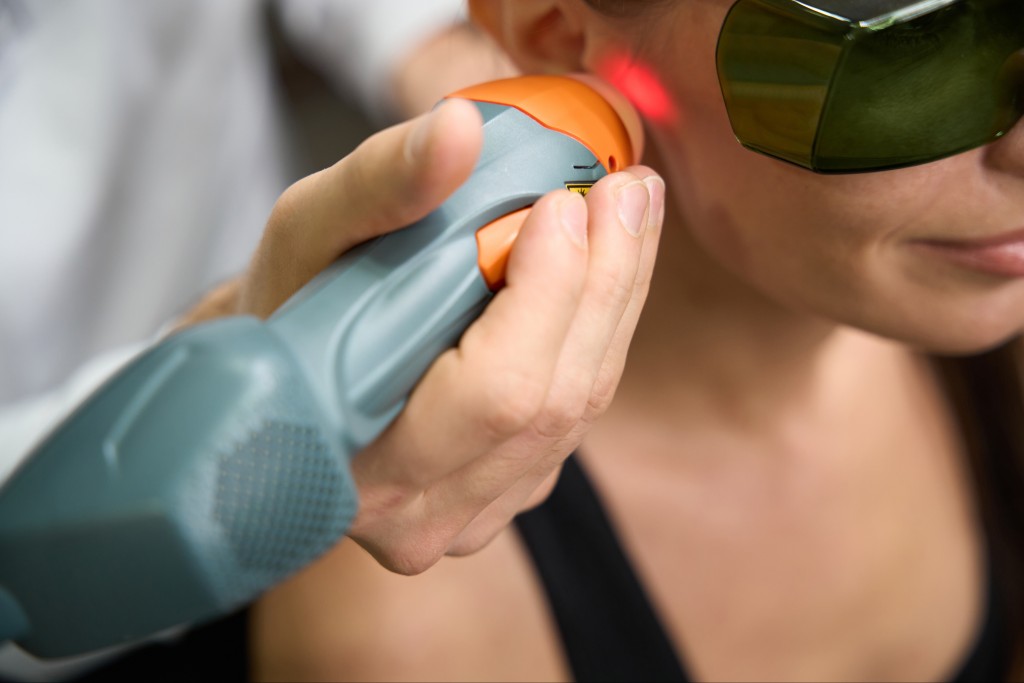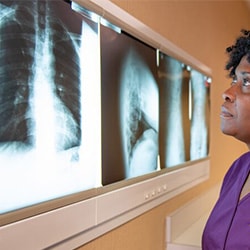A herniated disc can be excruciatingly painful, most commonly affecting the lower back or neck. This condition occurs when the soft inner core of a spinal disc protrudes through the tough outer layer, causing pressure on nearby nerves. Recognizing the signs a herniated disc is healing can offer hope and guidance when you’re undergoing treatment. Let’s explore the common causes and symptoms of a herniated disc and, most importantly, five promising signs that you are healing from a herniated disc.
Understanding Herniated Discs
A herniated disc, also known as a slipped or ruptured disc, occurs when the soft, gel-like center of a spinal disc pushes through a tear in the tougher outer layer. This condition primarily affects the spine’s cervical (neck) and lumbar (lower back) regions. The spinal discs act as shock absorbers between the vertebrae, providing flexibility and cushioning. When a disc herniates, it can put pressure on nearby nerves, leading to pain, weakness, and numbness in the affected area.
Common Causes and Symptoms
Various factors can contribute to the development of a herniated disc. Some of the most common causes include:
- Age-related wear and tear: As we age, the spinal discs lose water content, which makes them less flexible.
- Trauma or injury: Sudden, forceful movements or accidents can cause disc herniation.
- Improper lifting techniques: Lifting heavy objects using improper techniques can strain the spine and lead to disc herniation.
The symptoms of a herniated disc vary depending on the location and severity of the condition. Common symptoms include:
- Sharp or shooting back pain
- Numbness or tingling sensation, often radiating down the arms or legs
- Muscle weakness, particularly in the legs or arms
- Difficulty standing or sitting for prolonged periods
Five Signs a Herniated Disc Is Healing
While the road to recovery from a herniated disc can be challenging, several signs indicate that the healing process is underway. These signs may vary from person to person but generally include:
Reduced Pain
One of the most significant signs of healing from a herniated disc is a reduction in pain intensity and frequency. As the herniated disc heals, the pressure on the affected nerves lessens, leading to decreased pain levels. At first, this reduction in pain may be subtle, but over time, it should become more noticeable.
Improved Range of Motion
Another promising sign of healing is an improvement in the range of motion in the affected area. As the inflammation subsides and the herniated disc heals, you may notice increased flexibility and ease of movement. Activities that were once challenging or painful may become more manageable, making it possible to gradually return to normal activities.
Decreased Numbness or Tingling
Many people with herniated discs experience numbness or tingling sensations in the arms, legs, or other parts of the body affected by nerve compression. As the disc heals and pressure on the nerves decreases, these sensations will decrease or disappear altogether. Restoring sensation is a positive sign that the nerves are recovering and healing is progressing.
Strengthening of Muscles
Weakness in the muscles surrounding the affected area is common with herniated discs, especially in the arms or legs. As healing occurs, you may notice a gradual improvement in muscle strength and endurance. Physical therapy exercises and targeted rehabilitation can help accelerate this process, restoring strength and function to the affected muscles.
Reducing Other Symptoms
In addition to pain, herniated discs can cause various other symptoms, such as sciatica, which involves pain radiating down the leg, or cervical radiculopathy, which affects the arms and hands. As the disc heals and pressure on the nerves decreases, these associated symptoms should gradually subside. The resolution of these secondary symptoms is a positive sign that the body is responding well to treatment and healing is underway.
It’s important to note that the healing process for a herniated disc can take time and patience. While the signs mentioned above indicate progress, full recovery may require weeks or even months of consistent treatment and rehabilitation efforts. It’s essential to follow the guidance of your Atlanta chiropractor, follow their prescribed treatments, and avoid activities that may aggravate your condition.
Chiropractic Care for a Herniated Disc
Chiropractors can play a significant role in the treatment and recovery of a herniated disc through non-invasive techniques that help reduce pain, improve spinal alignment, and promote overall healing. Here’s how your Atlanta chiropractor can help.
Spinal Adjustments
Chiropractors are trained to perform spinal manipulation, also known as spinal adjustment, which involves applying controlled force to specific joints of the spine. This technique can help realign the vertebrae, reduce pressure on the affected disc, and alleviate pain associated with herniation. By restoring proper spinal alignment, chiropractic adjustments can improve mobility and function in the affected area.
Decompression Therapy
Chiropractors may utilize decompression therapy, like spinal traction, to gently stretch the spine and create negative pressure within the disc. This can help reduce compression on spinal nerves and promote healing. Decompression therapy can be an effective non-surgical option for relieving pain and improving the symptoms associated with a herniated disc.
Soft Tissue Therapy
In addition to spinal adjustments, chiropractors may incorporate soft tissue therapy techniques, like therapeutic massage, to address muscle tension and tightness associated with a herniated disc. By releasing tension in the surrounding muscles and soft tissues, chiropractic care can enhance the effectiveness of other treatment techniques and improve overall mobility.
Rehabilitation Exercises
Your Atlanta chiropractor may prescribe specific exercises and stretches to strengthen the muscles supporting the spine and improve spinal stability. These exercises can help prevent further injury, support proper posture, and enhance the body’s ability to support the spine during the healing process. Rehabilitation exercises tailored to your needs can complement chiropractic adjustments and promote long-term recovery from a herniated disc.
Lifestyle Modifications and Ergonomic Advice
Chiropractors provide guidance on lifestyle modifications and ergonomic principles to help patients manage their condition and prevent future episodes of disc herniation. This may include advice on proper lifting techniques, how to set up an ergonomic workstation, and additional lifestyle adjustments to reduce stress on your spine. By empowering patients with knowledge and tools to optimize spinal health, chiropractors can support long-term wellness and prevent the recurrence of herniated discs.
Herniated Disc Care at AICA Atlanta
At AICA Orthopedics in Atlanta, our chiropractors collaborate with a team of healthcare professionals, including orthopedic specialists, physical therapists, and spine specialists, to develop comprehensive treatment plans for patients with herniated discs. This multidisciplinary approach ensures that you receive personalized care tailored to your unique needs and circumstances, maximizing the effectiveness of treatment and promoting optimal recovery outcomes.








